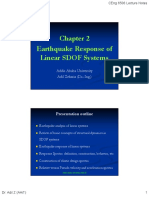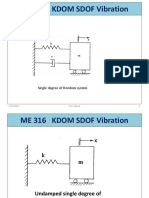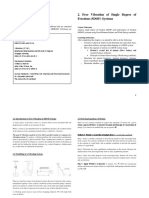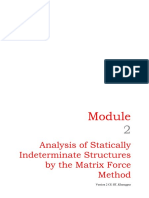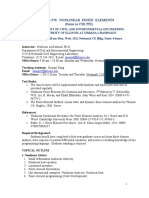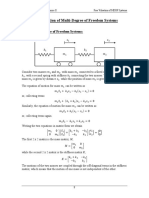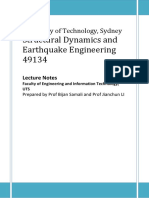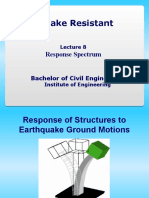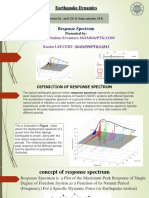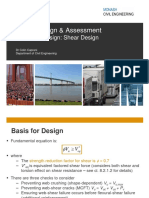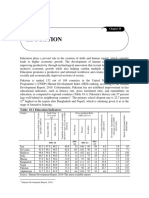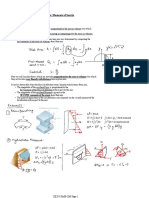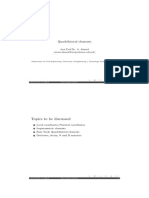0% found this document useful (0 votes)
116 views36 pagesElastic SDOF Response Spectra
The document discusses response spectra in earthquake engineering. Response spectra describe the maximum response of single-degree-of-freedom (SDOF) elastic systems to ground motions of different frequencies. The response is measured in terms of displacement, velocity, and acceleration. Elastic response spectra are generated by calculating the response of SDOF systems with different natural periods to an accelerogram, resulting in plots of maximum displacement, velocity, and acceleration versus natural period. These spectra depend on the selected accelerogram and damping ratio.
Uploaded by
Engr Aizaz AhmadCopyright
© © All Rights Reserved
We take content rights seriously. If you suspect this is your content, claim it here.
Available Formats
Download as PDF, TXT or read online on Scribd
0% found this document useful (0 votes)
116 views36 pagesElastic SDOF Response Spectra
The document discusses response spectra in earthquake engineering. Response spectra describe the maximum response of single-degree-of-freedom (SDOF) elastic systems to ground motions of different frequencies. The response is measured in terms of displacement, velocity, and acceleration. Elastic response spectra are generated by calculating the response of SDOF systems with different natural periods to an accelerogram, resulting in plots of maximum displacement, velocity, and acceleration versus natural period. These spectra depend on the selected accelerogram and damping ratio.
Uploaded by
Engr Aizaz AhmadCopyright
© © All Rights Reserved
We take content rights seriously. If you suspect this is your content, claim it here.
Available Formats
Download as PDF, TXT or read online on Scribd
/ 36
